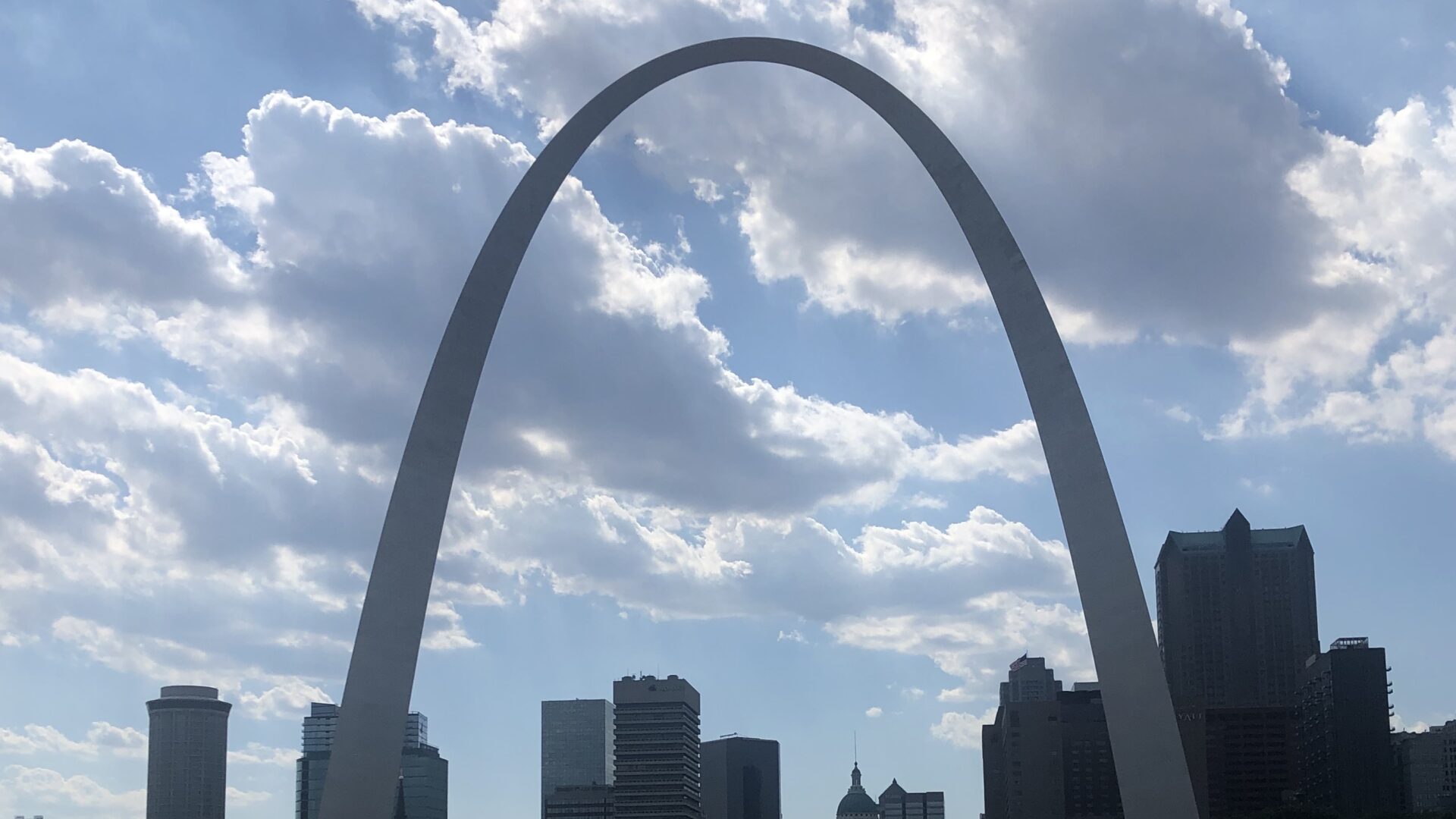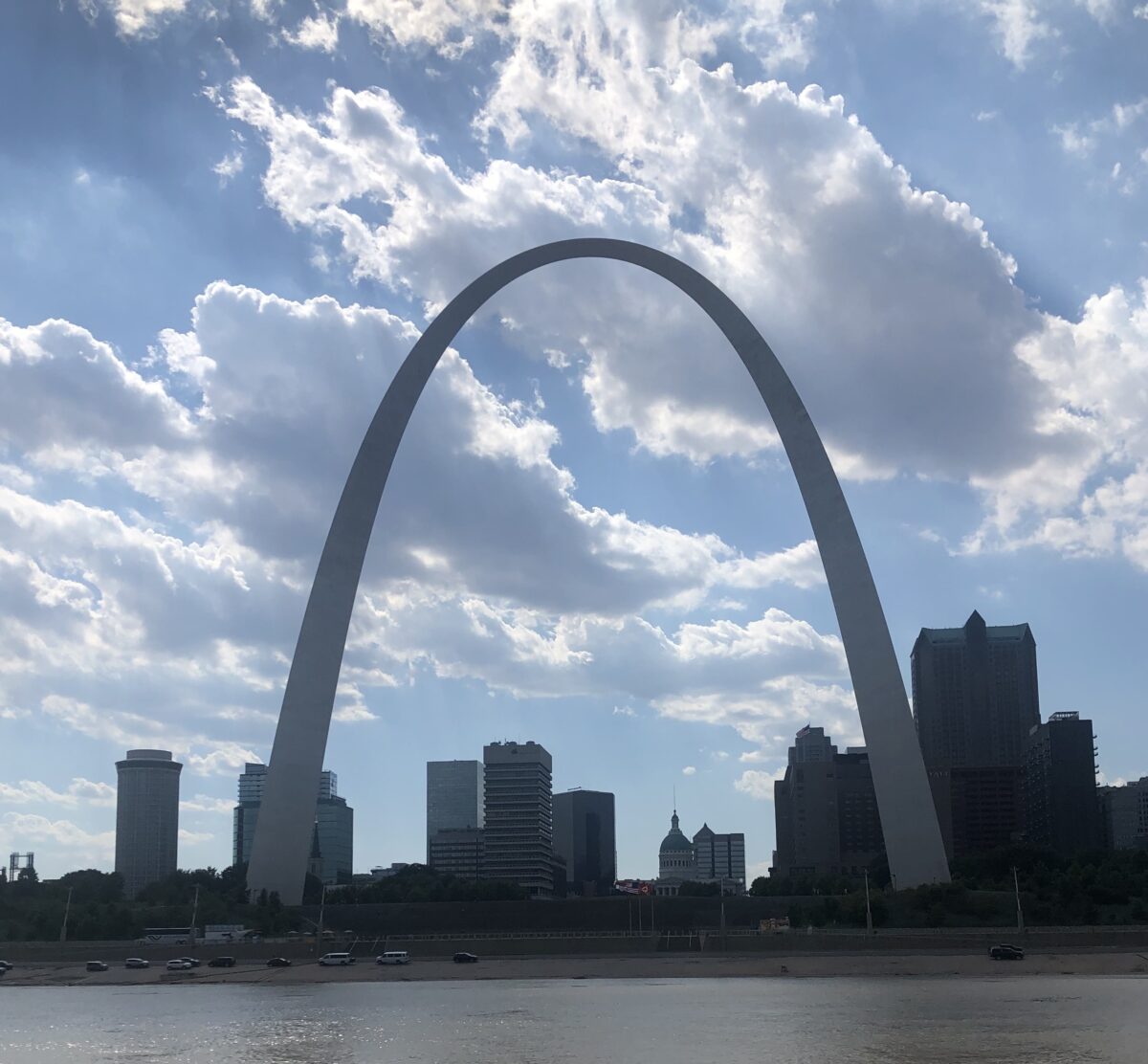Gateway Arch National Park
We recently were in St. Louis at the National Park Travelers convention and visited Gateway Arch National Park with our group. This was the second time we had been there, but the first time we visited it was called Jefferson National Expansion Memorial. So, the name has changed, but what else?
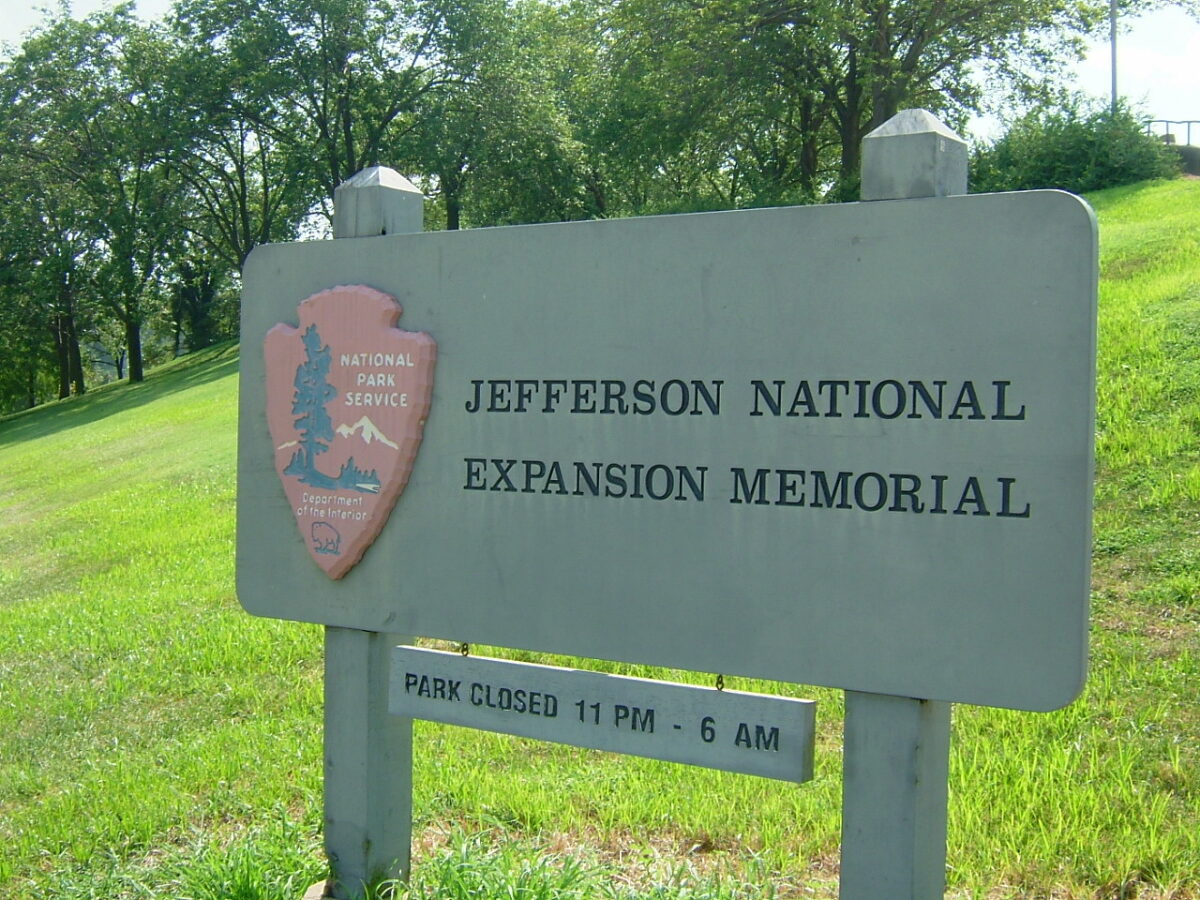
Established in 1935 as the Jefferson National Expansion Memorial, the park unit was re-designated to be Gateway Arch National Park in 2018. This certainly gives the park higher profile but most folks in St. Louis had already referred to it as Gateway Arch or more commonly, The Arch. Some were even surprised to hear the name had actually been Jefferson National Expansion Memorial.
Gateway Arch National Park is the smallest national park in the system and gets about 2 million visitors annually.
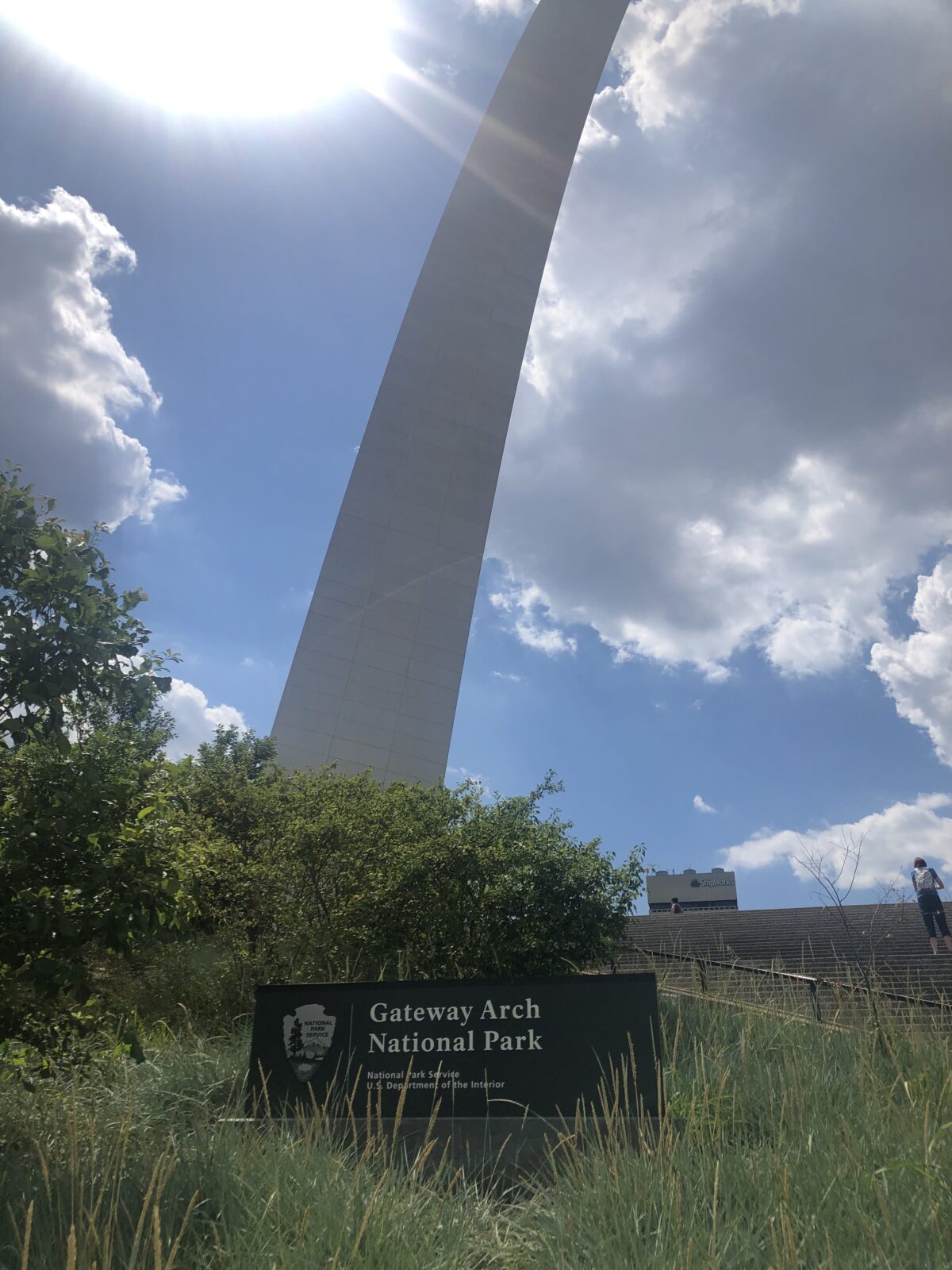
The Gateway Arch
The arch itself has not changed. It is still the tallest steel monument in the world and the tallest memorial in the United States, soaring overhead to a height of 630 feet. It is amazing to learn that when the architect proposed the design, he didn’t even know if it could be built! A very unique structure.
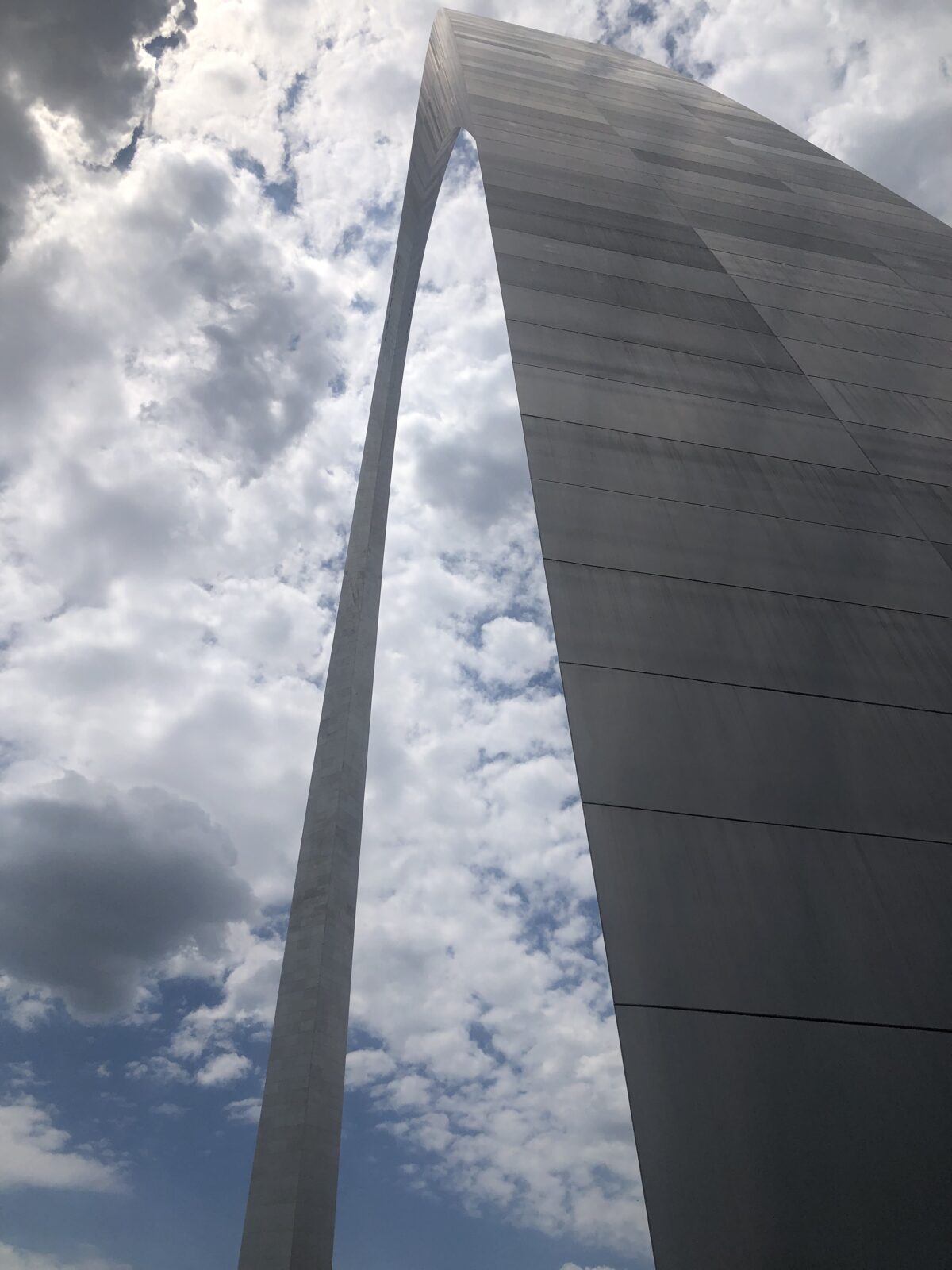
Gateway Arch Museum
The arch may not have changed but the museum at the foot of the arch was entirely redone. It now includes exhibits not just on westward expansion, but also on St. Louis and its role in westward expansion. There are displays about the explorers, fur traders, Indians and families that ventured west, plus exhibits on the riverfront era and President Jefferson’s vision.
One of the exhibit areas is all about the building of the arch and it was fascinating. We learned that the gateway project was initiated by a group of locals hoping to rehabilitate the riverfront area. This had once been the thriving core of St. Louis but after rail took over much of the shipping traffic, the riverfront had fallen into a steady decline, exacerbated by a huge fire that had devastated the area.
The group lobbied congress to support a Jefferson memorial. Finally in 1935, President Franklin D Roosevelt signed an executive order that set aside WPA funds and an 82 acre area. By 1942, the area had been cleared and the memorial commission were ready to decide what to put there.
Over 170 architects submitted proposals during a nation-wide competition in 1947-48. The winner was Eero Saarinen, the son of a famous Finnish architect. You can see scale models of many of the proposals in the museum and it is clear why Saarinen’s idea captured the imagination of the selection committee.
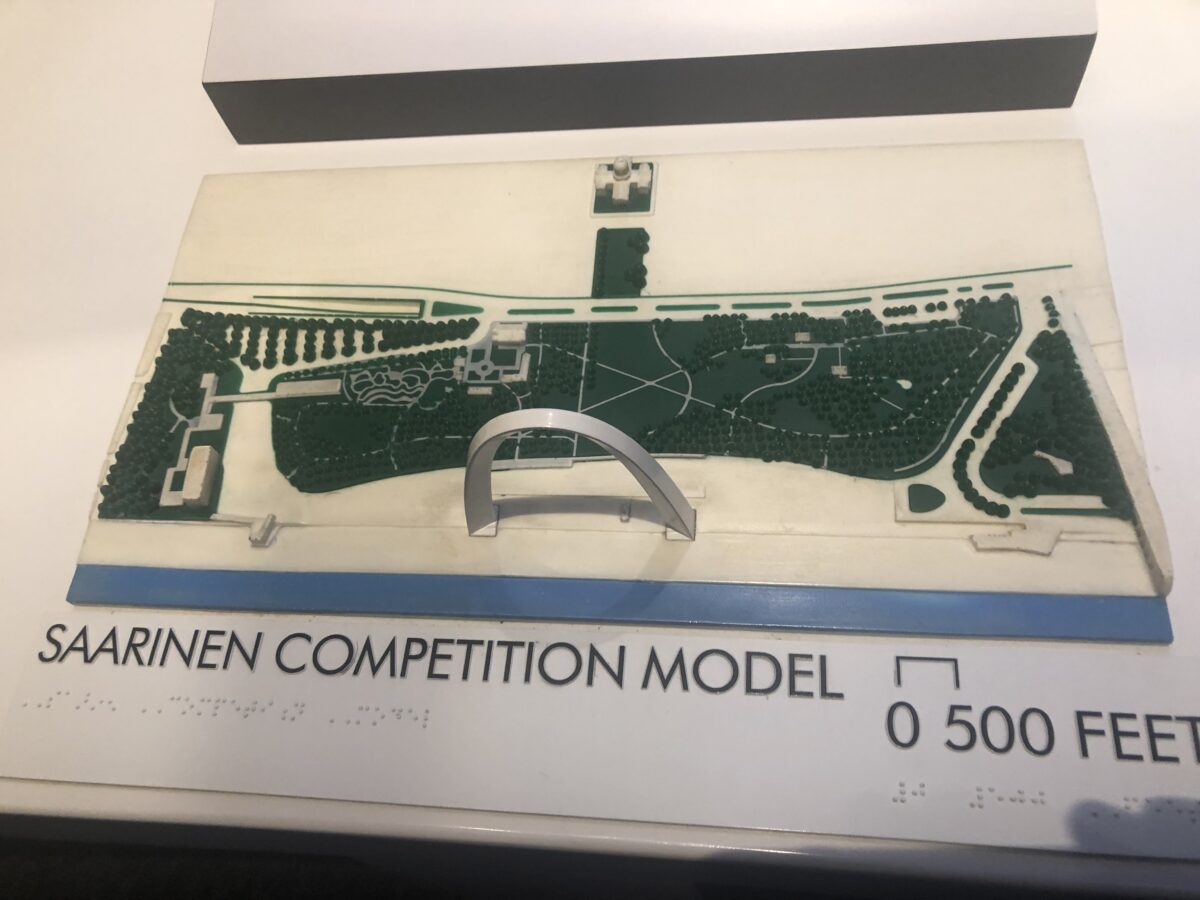
Construction of the Arch began in 1963 and it was completed before the end of 1965 at a cost of some $15 million dollars. If you have the time, be sure to watch the movie in the museum about the building of the arch. It is pretty incredible to see the construction workers up hundreds of feet above ground with no safety harnesses.
Not only is the arch a symbol of the west, it is a tribute to ingenuity.
Gateway Arch Tram
Another thing that hasn’t changed is that you can take the tram to the top of the arch. It took two years after the arch was built to put this in. They say it is a cross between a train, elevator and carnival ride. The rail tracks wind up the arch and elevator cables pull up the cars. But rather than being fixed on the track, they are more like the cars on the ferris wheel – tilting to remain level as you curve up the arch. Pretty clever design! There is a scale model in the museum that really shows this.
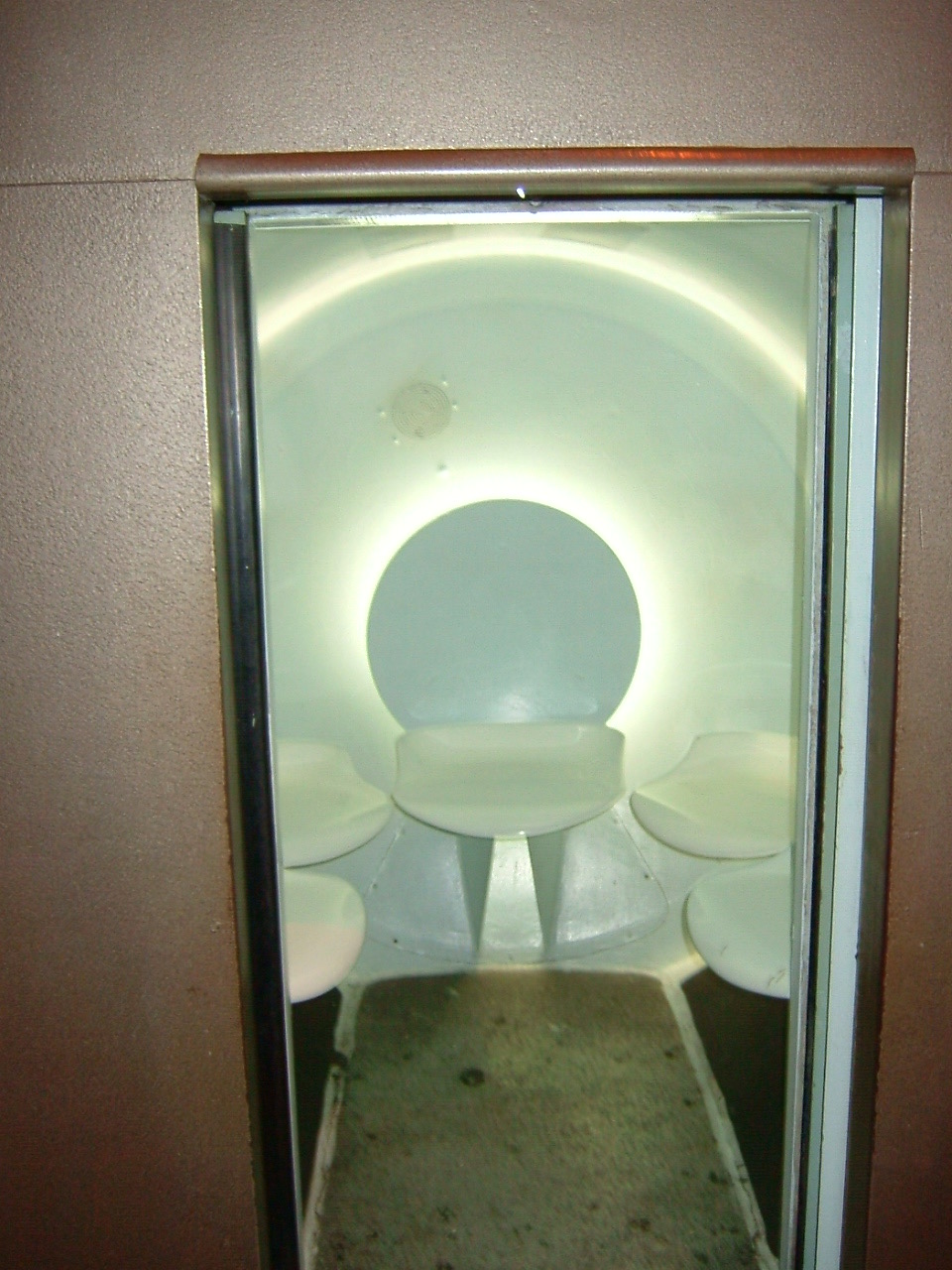
The tram ride takes 4 minutes to ascend and only 3 minutes to descend. There are 32 horizontal slit windows at the top, where you can look out over St. Louis and the surrounding area from 630 feet in the air.
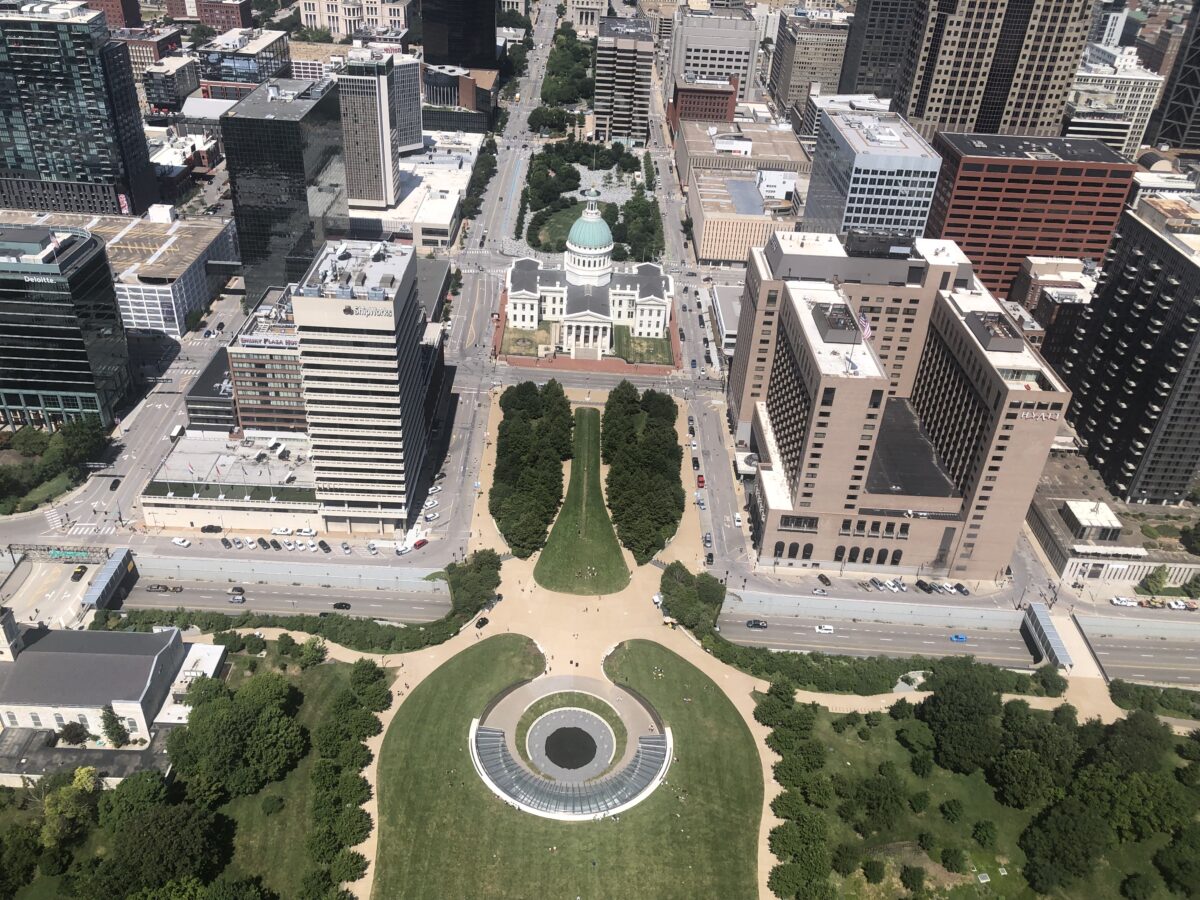
Gateway Park
Surrounding the arch is gateway park, an urban oasis of lush green grass, trees and small lakes. This had not substantially changed since our last visit, except they covered over the road and extended the park all the way to the Old Courthouse.
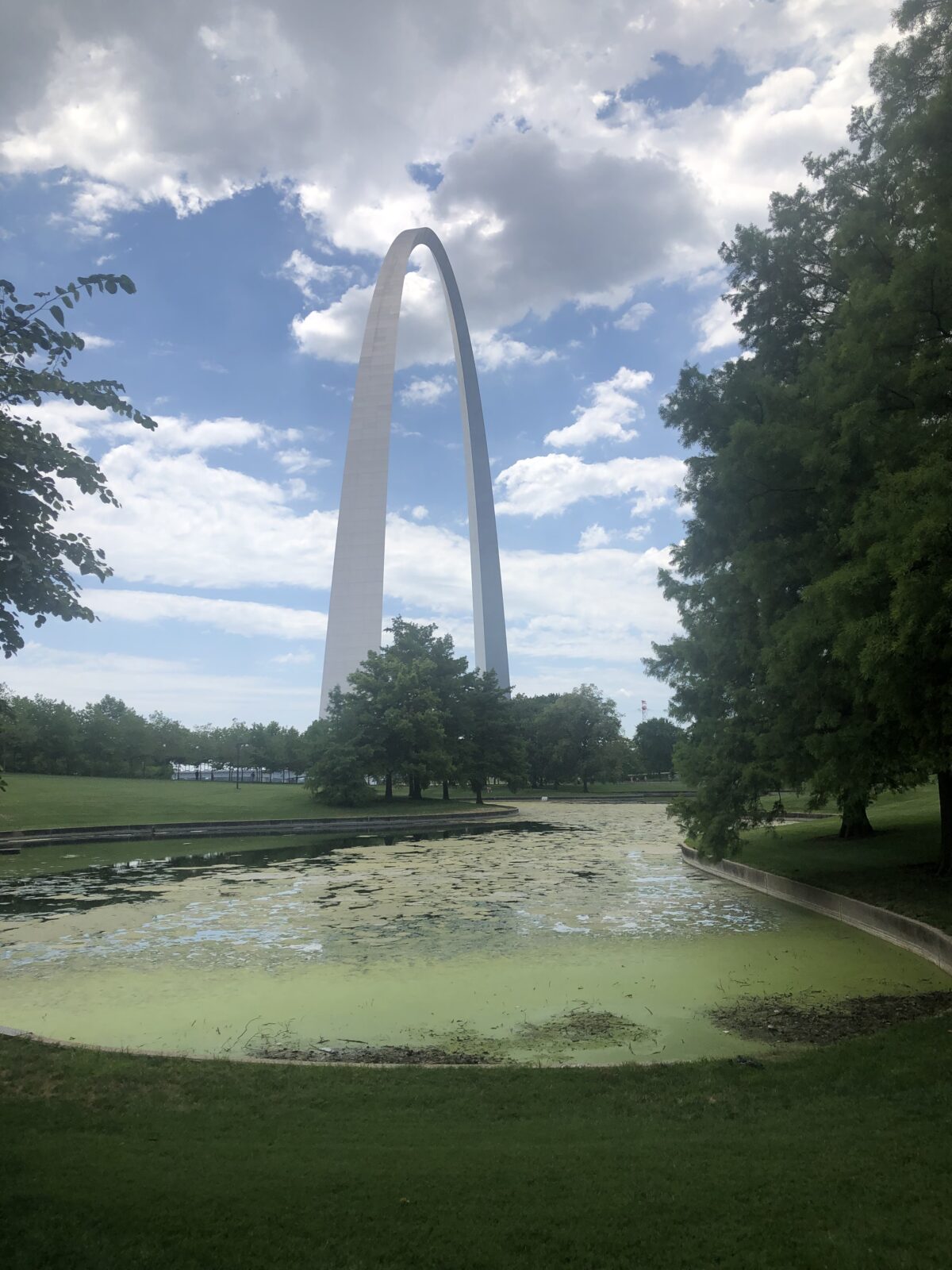
It is worth taking some time to ramble along the pathways and enjoy the views of the arch in the distance. In the park, you will come across the Old Cathedral, the first cathedral established west of the Mississippi built in 1831. Still active today, it is a reminder of the catholic heritage of St. Louis.
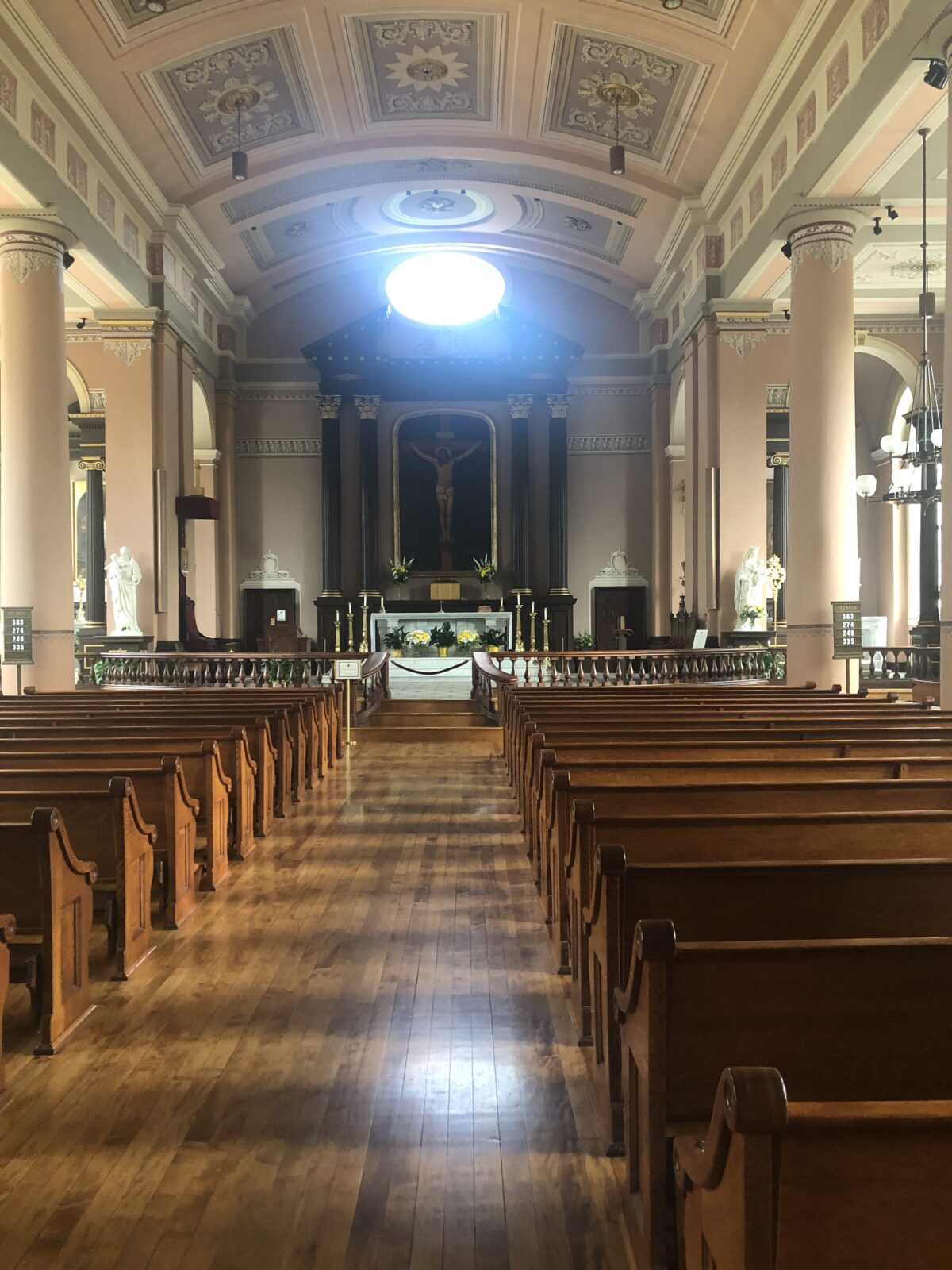
Old Courthouse
Another historic structure is the Old Courthouse, initially built in 1839. It has the first “cast iron” dome built, pre-dating the dome over Congress. Known for the controversial Dred and Harriet Scott case held here in 1846, there have been many cases argued in these courtrooms.
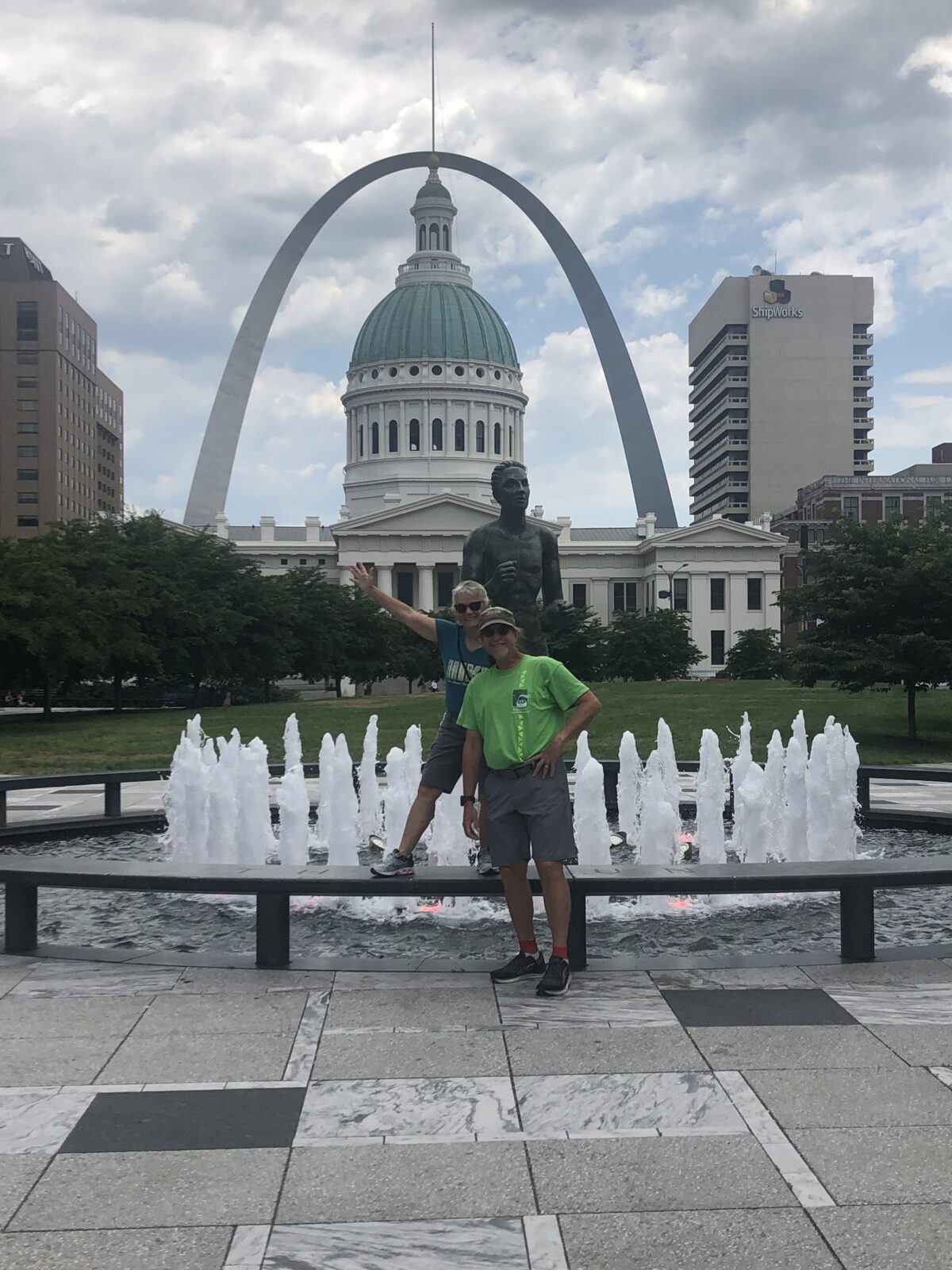
Currently the building is closed for renovations – replacing the HVAC, making it accessible, replacing all the windows and windowsills, and more. When they restore old buildings like this, the National Park Service does an amazing job ensuring that they bring the facility up to code without losing the essential character and historic elements.
It should be exciting to visit once it reopens in early 2025. The ranger said they are planning a bunch of new exhibits with galleries focused on the building itself, it’s place in St. Louis history and spaces dedicated to talking about key decisions made there, including the cases around Dred Scott and his family with mock courtrooms where rangers can stage historic trials.
It sounds like we will have a reason to visit the third time!
Are you trying to visit all the National Parks?
If your goal is to visit them, one or all, we’d love to help you strategize. Give us a call at (480) 609-3978 or drop us a note here. We always enjoy talking with people who share our passion for visiting National Parks, and National Park Units.
#FindYourPark
#SeeAmericaFirst
